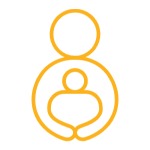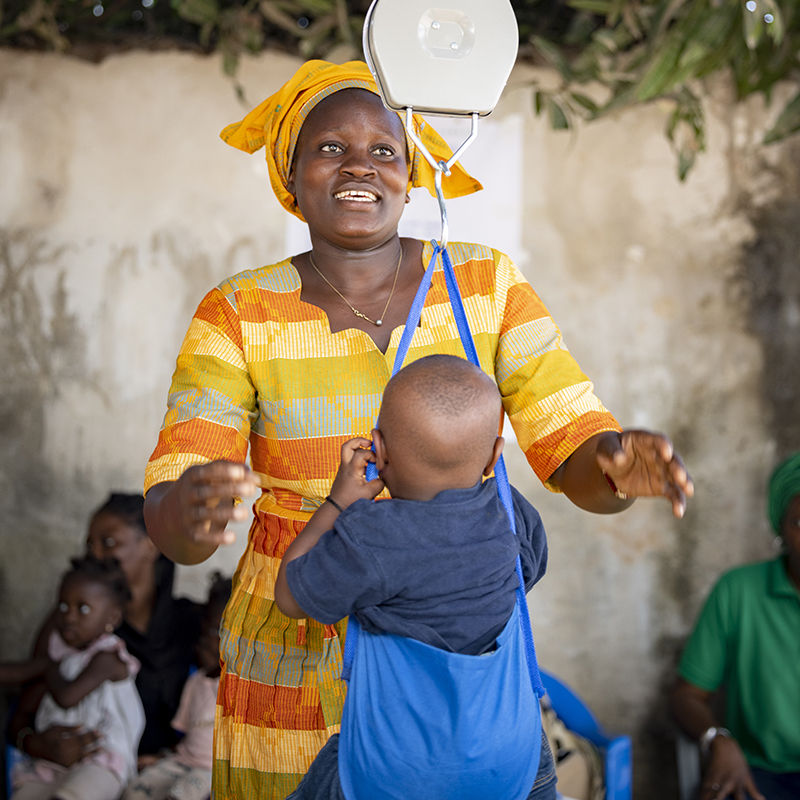Site will be
unavailable for maintenance from June. 4, 11:30 p.m., to June 5, 12:30 a.m. ET. Thank you for your
patience!
How We Work

Every child has the right to grow up healthy, educated and safe, no matter who they are or where they live. ChildFund exists to help children realize their rights, even in some of the toughest places in the world to be a child. Fueled by our generous supporters and the expertise of local professionals, we work with children in 23 countries to ensure their healthy development and help meet their most urgent needs for:

Nutritious Food

Education & Opportunity

Clean Water

Health Care

Nurturing Care

Protection From Violence
How do we do it? By working with the structures that make up children’s environment – their families, schools and communities.
How we operate: Community development

“We only had rice once a day,” says Algamandes, pictured here with his wife and children in Minas Gerais, Brazil. “Today things are better because our community, including [ChildFund’s local partner organization] Association Municipal Assistancia Infantil, is helping us.”
Community development is a central part of how ChildFund collaborates to improve children’s well-being. This means that our programs for children are designed to involve many people in addressing the most urgent needs of their entire community, and they’re always led by local people who understand their own children’s challenges best.
We begin work in a community by selecting a local grassroots organization that supports children in its vicinity. We then provide funding, guidance and resources for that local partner and enroll children who need extra support in our programs. All enrolled children are eligible for sponsorship, in which they are matched one-to-one with a caring person from somewhere in the world who makes a monthly donation to support their community and can also write letters of encouragement, send financial gifts for special occasions and become a lifelong friend and source of support. Contributions from these generous sponsors support the programs that all enrolled children, whether sponsored or not, have access to.

Ann Kanini, a ChildFund staff member in Nairobi, Kenya, teaches a child how to wash her hands to prevent the spread of disease.
But it’s not just sponsored or enrolled children who benefit from our programs: It’s every child who lives in a particular community. Our programs are designed to be inclusive of all children in the program area, whether we are building a new well to ensure that all the children are drinking clean water, training teachers to improve the quality of all the children’s education or providing anti-violence education to support healthier relationships within all the children’s families. This is how, when you support one child through ChildFund, you create a ripple effect of change that touches their entire community.
Sponsorship funds – as well as funds from other sources like monthly givers, major donors, corporate partners and grantmaking institutions – fuel the programs we develop for and with children. These programs are designed not only to meet children’s needs in the short term, but also to improve access to critical resources and strengthen relationships between people so that the entire community can better meet children’s needs in the long term.
When a community becomes more self-sufficient, we shift our support to another that is less so. Child by child, community by community, our supporters help cocreate societies where every kid can realize their rights.

How we make an impact: A sustainable, whole-child approach
Our programs look different around the world because they are always tailored to the unique needs and context of the community. But they share an emphasis on sustainability and a multifaceted approach to addressing children’s needs. For example, to improve children’s nutrition in a particular area, we might work with our local partner organization to introduce a free school lunch program – but that wouldn’t be all we do. We would also take measures like training parents and caregivers on child nutrition, supporting families to start gardens with seeds from locally available fruits and vegetables, and introducing regular growth monitoring sessions to track children’s progress. In many cases, volunteers from within the community are trained to lead this work.

Helene Diedhiou, a ChildFund community health volunteer in Ziguinchor, Senegal, measures a child’s weight as part of a growth monitoring session. “I also wanted to help the other mothers the way I’ve been helped so that their kids grow up in good health,” Helene says.
Beyond ensuring that each of our programs is relevant to many children’s needs, ChildFund also tends to each individual child. Local partner staff regularly check on every child enrolled in our programs to ensure that their basic needs for health, safety and education are being met at every stage of their lives.

How we focus: Protecting & nurturing the individual child

Agnes, 17, is a community child protection volunteer trained by ChildFund where we work in the Palorinya Refugee Settlement in Uganda. She teaches other young people in her community about their rights and responsibilities. “I tell my fellow children … to report any forms of abuse against them to our leaders,” she says.
We believe that every child is unique and that their voice is an important part of creating the world we all want to see. That’s why much of our work at ChildFund places a special emphasis on child protection and advocacy for the individual child’s rights. We can do all the community development work we want, but unless children are protected from violence and other harms – and unless governments join the movement to prioritize children’s best interests in their policies and funding – our programs’ sustainability is at risk. So we work together with governments, other nonprofits and the private sector to advocate for and with children and protect their rights at the global, national and community levels.
Children in our programs around the world hear messages about their rights and intrinsic worth and value. They learn that they are an indispensable part of their community and our world. And because we champion the voices of individual children, they often grow up to become leaders in their communities and participate in their development in meaningful ways.
When we focus on holistic solutions to the challenge each child faces, we can create positive change in their lives that lasts generations.
How we meet children's needs in emergencies

A child fleeing violence in Ukraine eats lunch provided by volunteers.
Life is often challenging for children in the communities where we work, but the impacts of an emergency – like a pandemic, violent conflict, drought or other natural disaster – can dramatically increase the negative impact of those existing challenges, further straining a child’s already limited access to basic resources and putting them at extreme risk of harm.
When disaster strikes in an area where we work, we get to work delivering critically needed relief items and protecting children who are most vulnerable to harm. Child-Friendly Spaces, our signature response in emergencies, are an enormous part of this work, providing children a safe place to play, learn and participate in therapeutic activities with trained ChildFund staff and volunteers as their families work to rebuild their lives.
Program Spotlight: Jukumu Letu Project, Kenya
In Tharaka-Nithi County, Kenya, girls face high rates of female genital mutilation/circumcision (FGM/C), child marriage and other risks to their future. ChildFund’s Jukumu Letu project brings together community leaders, parents, teachers and young people themselves – like these outspoken youth at a ChildFund-supported rescue center for girls – to raise awareness of these harmful practices and put a stop to them.
